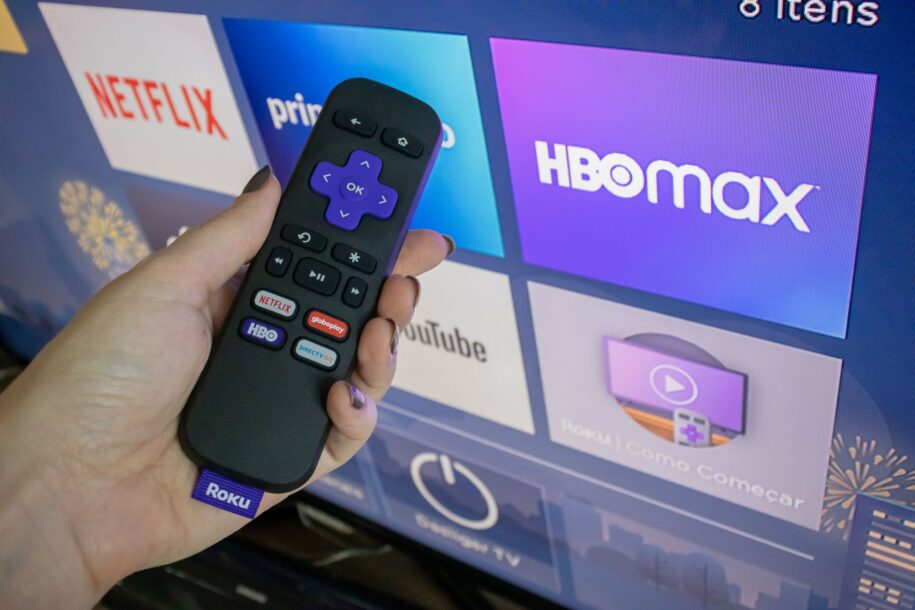When it comes to sharing and monetizing video programming, there is a wide range of OTT streaming strategies to consider. Although all methods aim to expand audience reach, choosing the best content syndication and distribution strategy for your video content can be confusing. To further complicate matters, developing tech and evolving trends are continuously offering new ways to deliver and monetize content.
In this guide, we dig into the differences between syndication, aggregation, and distribution—and how they relate to monetizing video content. Not only will you have a clear understanding of the options available, but you’ll be able to leverage the full potential of your video programming.

What Is Content Distribution?
Content distribution is the actual delivery of television and film content to audiences through a variety of platforms and channels. This might include television broadcasting, streaming, physical media, or digital downloads. With the emergence of streaming services like Netflix, Hulu, and Disney+, viewers can access content on-demand and from multiple devices. Content can either be licensed or produced by studios, broadcasters, or platforms and can involve syndication or aggregation.
Content distribution also involves the process of encoding, transcoding, and packaging media files for streaming quality and compatibility with various devices.
How Does Content Distribution Work?
Television and video distribution come in many different delivery models. The three main types are satellite direct-to-home (DTH), terrestrial networks (e.g. Cable, IP, and DTT), and over-the-top distribution (OTT).
Satellite DTH delivers video content through radio waves captured by a satellite dish installed on the roof of the viewer's house. It offers wide coverage even in remote areas. It also presents a cost-effective solution for broadcasters, since costs remain constant regardless the number of viewers.
Terrestrial networks receive TV signals at a network headend—usually via satellite—and distribute them to subscribers. This encompasses avenues such as cable, IP, and digital terrestrial. Limitations include difficulty in reaching remote areas due to insufficient infrastructure, as well as limited channel numbers compared to satellite delivery.
OTT describes video delivery over a high-speed internet connection rather than a cable or satellite provider. You can access video content on internet-enabled devices and Roku or Apple TV connected to conventional television. The biggest advantage OTT has over other methods is its price point and on-demand service for viewers.
However, OTT content distribution is challenging due to fierce competition in the crowded space. Other OTT content distribution considerations include limited bandwidth availability, broadband connections, and content delivery costs.
What is Content Aggregation?
Video content aggregation involves collecting and combining content from multiple sources and presenting it in a single location, feed, or as part of a unified website. Content (usually of a similar genre) is either streamed on a single platform or distributed as a collection to multiple third-party platforms.
Many content owners and creators don’t have direct access to large streaming providers or the technology to meet hosting requirements. Here, distribution aggregators serve as the link between content owners and third-party platforms such as Amazon, Roku, and Pluto TV.
How Does Content Aggregation Work?
To make their operations and content sourcing easier, the big players in Video on Demand (VOD) and streaming platforms only deal with aggregators. Content aggregators receive, repair, conform, package, and deliver your video content to chosen outlets. Essentially, they manage film distribution across prominent platforms, allowing one to monitor views, sales, rentals, and engagement. In addition to having your content distributed to third-party platforms, they help you monetize your content and maximize reach.

What Is Content Syndication?
Content syndication usually entails a partnership with one publisher who republishes your content on multiple third-party sites to expand its reach. The content is integrated into the website and the publisher credits the original creator. High-profile syndication platforms generally have publishing privileges on multiple high-traffic sites; this gives you exposure to new audiences you would rarely be able to access when publishing independently.
How Does Content Syndication Work?
Many video content creators limit themselves to only YouTube and social channels, hoping their content goes viral on other sites. Creators or brands upload videos manually to their own social channels, which is time consuming and rarely reaches new audiences.
Content syndication is a great way to give videos a boost by posting them to multiple websites you otherwise would not have access to. With video syndication, you upload your video to a content manager and select which channels you want your content to be shared on—and the service handles the rest. It saves time and offers access to larger audiences.
dotsudioPRO: Simplifying Content Distribution & Monetization
Content distribution partnerships are complex, with multiple facets to navigate. To stay competitive, content creators and owners need to find the perfect balance between meeting consumer needs and employing the most effective revenue-generating strategies. From legal terms and hidden fees to content formats and video library management, you need a clear roadmap.
At dotstudioPRO we offer a straightforward solution to fast-track multi-channel content distribution and monetization. Our technology and content distribution model reduce the technical complexities and enable you to launch video content quickly and cost-effectively. Meanwhile, our revenue-sharing partnership eliminates set-up charges and hidden delivery fees.
Unleash the potential of your video content and start streaming to smart TV apps like Apple TV, Google Play, Amazon Fire TV, Vizio, LG, Samsung, and Roku today. Reach out to us today for a simplified, risk-free content distribution solution.
